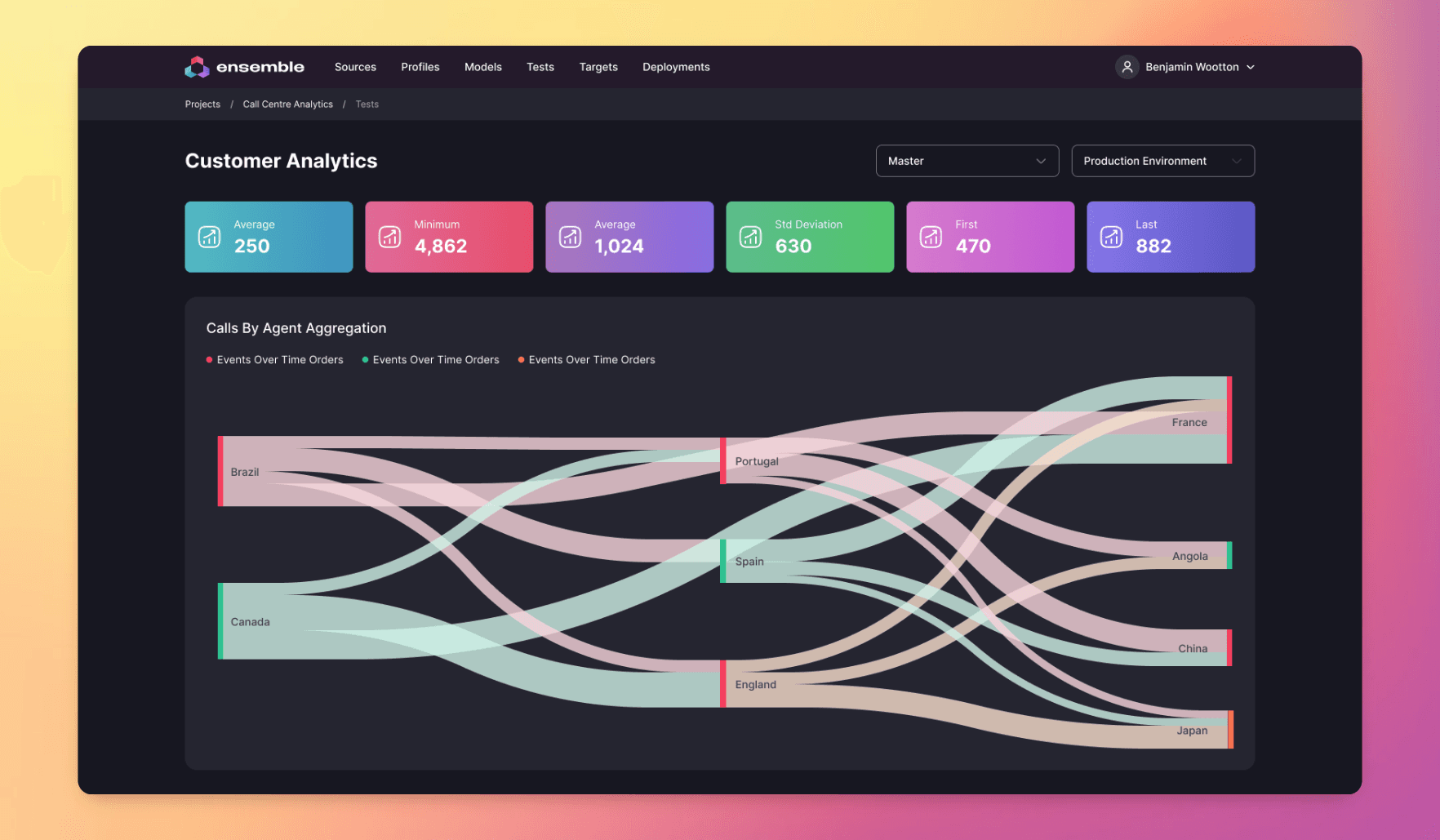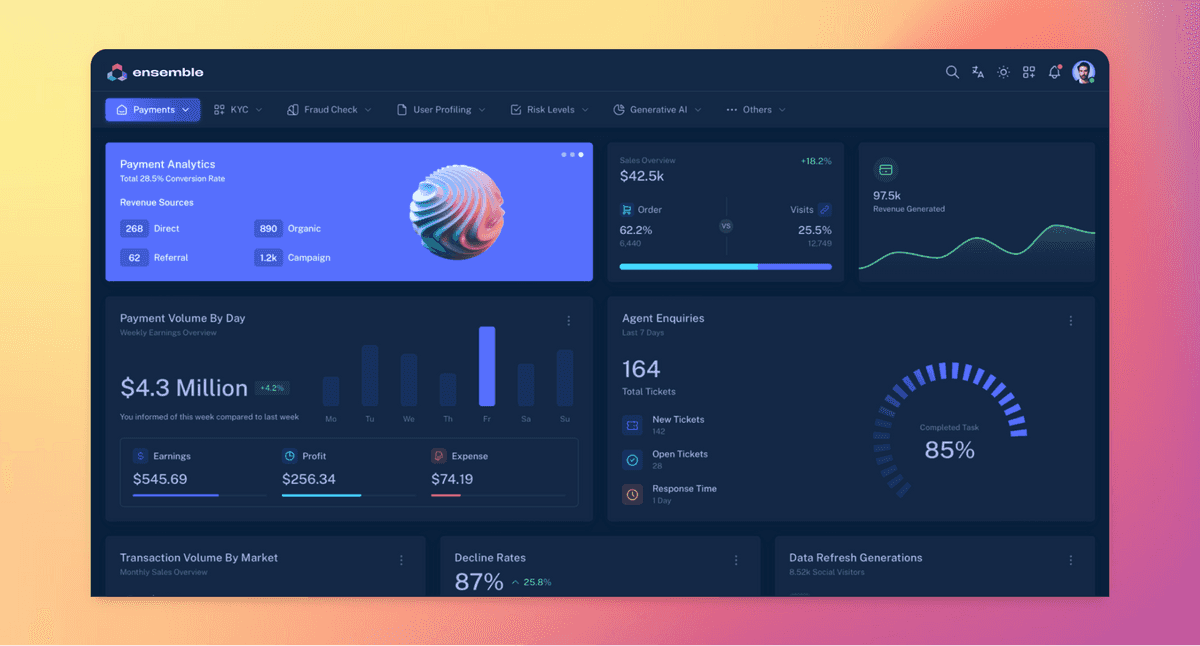
Leveraging data and analytics for enterprise search can significantly enhance the effectiveness of information retrieval, improve user experience, and streamline decision-making within an organization. Here are key strategies for using data and analytics in enterprise search:
Data Indexing and Crawling
Implement a robust data indexing and crawling system to continuously catalog and update information across various data sources within the organization. This includes documents, databases, emails, and other content repositories. Regularly update the search index to reflect changes in the underlying data.
Relevance Ranking with Machine Learning
Utilize machine learning algorithms to enhance relevance ranking in search results. Analyze user interactions, such as click-through rates and query behavior, to train algorithms that understand user intent and deliver more accurate and contextually relevant search results.
Natural Language Processing (NLP)
Incorporate NLP techniques to improve the understanding of user queries. NLP can help extract entities, recognize synonyms, and understand the context of queries, leading to more precise search results. This is particularly useful in handling complex queries and natural language input.
User Behavior Analysis
Analyze user behavior within the search interface to gain insights into user preferences and expectations. By tracking search patterns, frequently used queries, and the types of content accessed, organisations can optimize search algorithms and improve the overall search experience.
Metadata Enrichment
Enrich content with metadata to provide additional context for search algorithms. Metadata can include tags, categories, and other descriptors that help in better categorizing and organizing information. This improves the accuracy of search results and facilitates filtering options for users.
Faceted Search
Implement faceted search capabilities that allow users to filter and refine search results based on specific criteria. This is especially effective for large datasets, enabling users to narrow down results according to attributes such as date, type, or department.
Personalization
Introduce personalized search experiences based on user roles, preferences, and historical interactions. Personalization can involve recommending relevant content, highlighting frequently accessed documents, or customizing the search interface to align with individual user needs.
Integration with External Data Sources
Integrate enterprise search with external data sources, such as industry databases, news feeds, or APIs. This extends the search scope and provides users with a more comprehensive view of relevant information.
Search Analytics
Implement search analytics tools to monitor and analyze search performance. Track key metrics, including search queries, click-through rates, and user satisfaction. Use analytics insights to identify areas for improvement, refine search algorithms, and enhance user experience.
Mobile and Voice Search
Adapt enterprise search for mobile devices and incorporate voice search capabilities. With the growing use of mobile devices and voice-activated assistants, ensuring a seamless search experience across different platforms enhances accessibility and user engagement.
Regular Audits and Maintenance
Conduct regular audits of the search infrastructure to ensure it aligns with evolving business needs. Regular maintenance, including updates to algorithms, indexes, and content sources, is crucial to maintaining the effectiveness of enterprise search over time.
By strategically incorporating data and analytics into enterprise search processes, organisations can create a more intelligent, context-aware, and user-friendly search experience. This, in turn, enhances productivity, promotes better decision-making, and facilitates efficient access to information across the enterprise.
Technical Foundations
Unfortunately, traditional tools and approaches to data and analytics do not scale to deliver solutions like this.
There are too many delays in the process, and the systems often used are not performant enough to process high volumes of data with low latency. In addition, traditional business intelligence tools are not rich and flexible enough to meet the business demands.
This technology stack needs to be re-invented for the cloud, with tools and architectural patterns that are built for real-time advanced use cases and predictive analytics:

Introducing Ensemble
We are Ensemble, and we help enterprise organisations build and run sophisticated data, analytics and AI systems that drive growth, increase efficiency, enhance their customer experience and reduce risks.
We have a particular focus on ClickHouse, the fastest open-source database in the market, which we believe is the fastest best data platform for systems like this.
Want to learn more? Visit our home page or download our free report that describes the process for implementing advanced analytics in your business.



